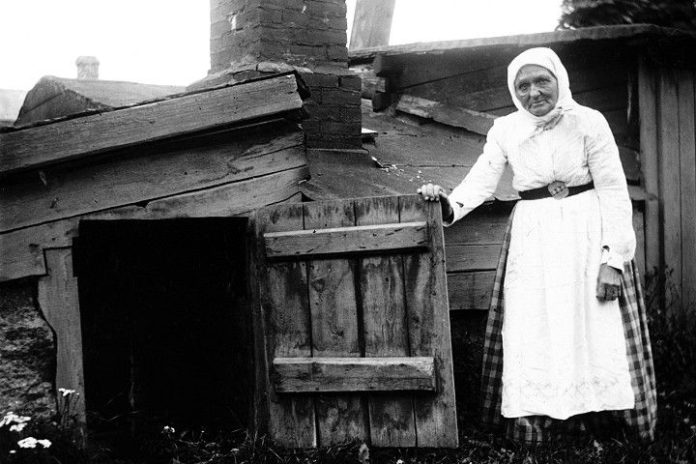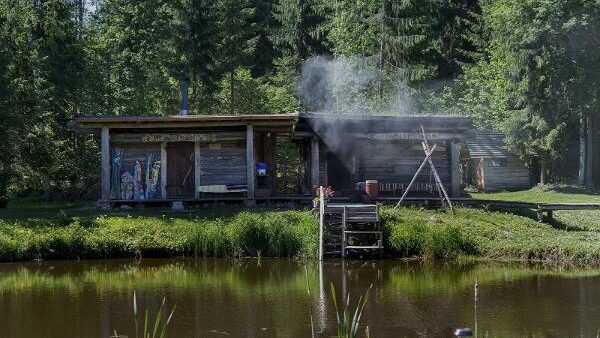The History and Traditions of the Finnish Sauna

The sauna is more than just a place to sweat—it’s a tradition deeply rooted in history, culture, and well-being. While saunas exist in many parts of the world, Finland holds a special connection to this practice. For Finns, the sauna is a sacred space, a place for relaxation, socializing, and even spiritual reflection. In this post, we’ll dive into the rich history of the sauna, with a focus on its Finnish roots, while also exploring similar traditions around the world.
Origins of the Sauna
The word “sauna” comes from an ancient Finnish dialect, making it one of the few Finnish words widely recognized worldwide. The earliest saunas date back over 2,000 years and were originally simple pits dug into the ground, heated with stones. These early saunas provided warmth in harsh winters and doubled as a space for bathing and even food preservation.
Over time, these primitive saunas evolved into smoke saunas (savusauna), which are still cherished in Finland today. Smoke saunas have no chimneys—wood is burned in a stove for hours, and once the smoke is released, the lingering heat provides a uniquely gentle and aromatic experience.
The Evolution of the Finnish Sauna
As Finnish society advanced, so did sauna technology. The introduction of metal stoves in the 19th century allowed for faster heating, making daily sauna use more practical. In the 20th century, electric saunas became popular, especially in urban areas, making saunas even more accessible.
Despite these technological advancements, traditional wood-burning saunas remain the gold standard for an authentic experience. Whether by a quiet lake or in a modern apartment, the Finnish sauna has maintained its essential purpose: to cleanse the body, relax the mind, and strengthen social bonds.
Sauna Traditions and Practices in Finland
In Finland, the sauna is more than a pastime—it’s an essential part of life. Many Finns have saunas in their homes, and even office buildings often include saunas for employees. Here are some key traditions that define the Finnish sauna experience:
- Sauna Days: Traditionally, Saturdays are sauna days in Finland, though many people enjoy them multiple times a week.
- The Use of Birch Branches (Vihta/Vasta): Gently whisking the body with a bundle of fresh birch branches helps improve circulation and adds a refreshing scent to the steam.
- The Cooling-Off Ritual: After spending time in the intense heat, sauna-goers cool off by stepping outside, rolling in the snow, or plunging into a cold lake. This hot-and-cold contrast is believed to boost circulation and refresh the body.
- Silence and Reflection: While saunas can be social spaces, there is also a deep respect for silence, allowing bathers to relax and clear their minds.
- Sauna and Special Occasions: Traditionally, saunas played a role in major life events, such as childbirth, pre-wedding rituals, and spiritual cleansing.

Sauna Traditions Around the World
While Finland is often credited as the sauna’s birthplace, similar practices exist across various cultures. Let’s explore a few:
- Russian Banya: Similar to the Finnish sauna, the Russian banya incorporates steam and the use of venik (leafy bundles of branches) to enhance circulation.
- Turkish Hammam: Unlike dry saunas, the Turkish hammam is a steam bath that involves a cleansing ritual with scrubbing and exfoliation.
- Japanese Onsen: These natural hot springs offer a communal bathing experience steeped in centuries-old tradition, emphasizing relaxation and healing properties from mineral-rich waters.
The Global Spread and Modern Revival of Sauna Culture
As wellness trends continue to rise, sauna culture is experiencing a resurgence worldwide. Finnish immigrants introduced sauna traditions to North America, and today, public saunas and sauna bars are gaining popularity in cities across Europe and the U.S.
Modern urban saunas blend tradition with innovation, featuring elements such as infrared saunas, rooftop sauna experiences, and even mobile saunas for events. Despite these changes, the core purpose of the sauna remains unchanged: to provide relaxation, purification, and a sense of community.
Conclusion
The Finnish sauna is more than just a hot room—it’s a way of life. Rooted in history and tradition, it continues to play a vital role in Finnish culture while inspiring similar practices around the world. Whether you’re experiencing a traditional smoke sauna in Finland or trying out a modern sauna in a wellness center, the essence of the sauna remains the same: a place for physical and mental rejuvenation.
So next time you step into a sauna, take a deep breath, embrace the warmth, and remember—you’re partaking in a ritual that has been cherished for thousands of years.

